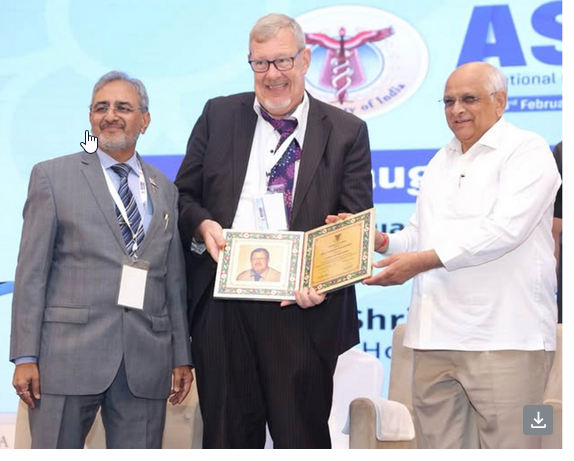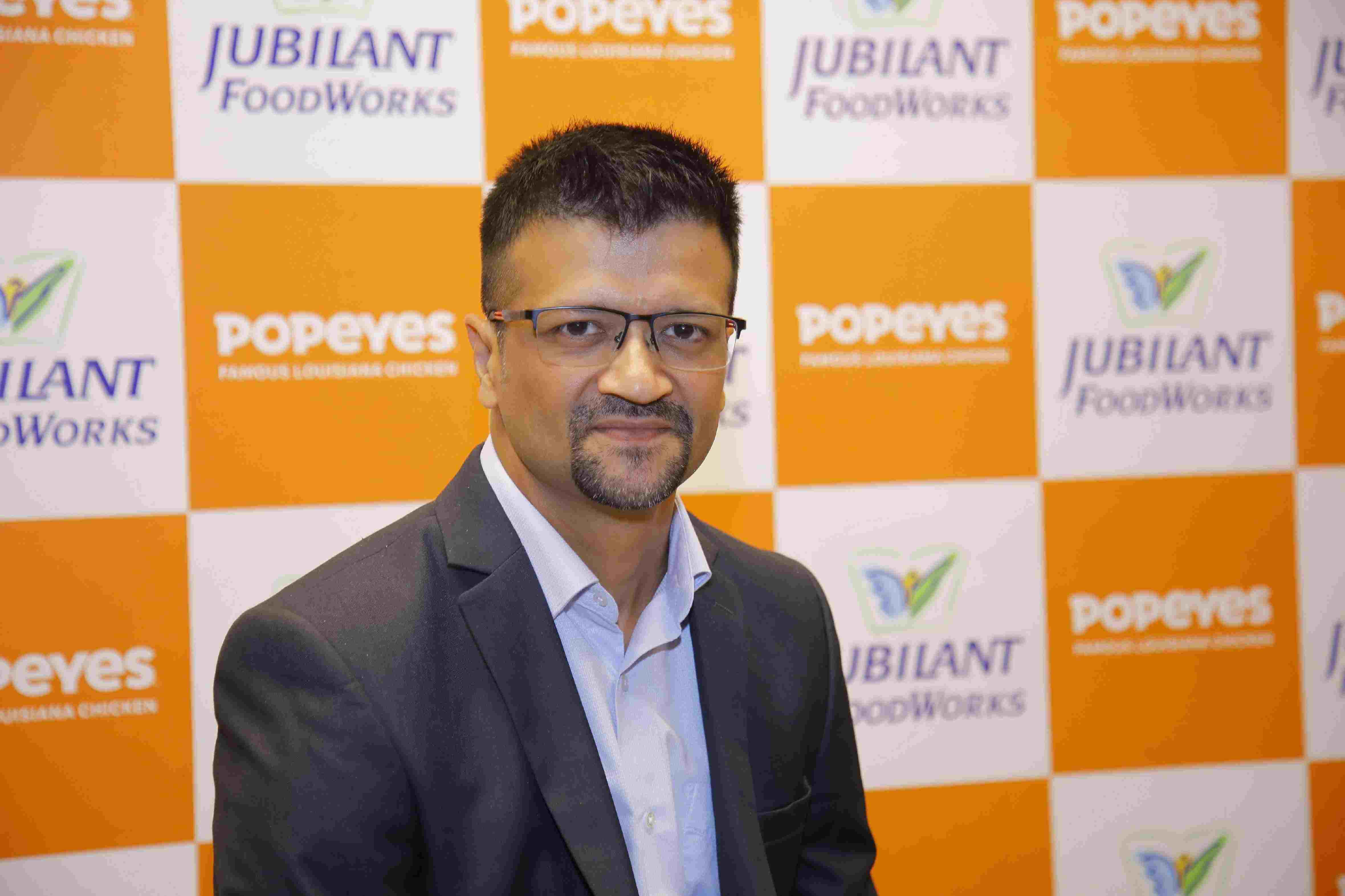The coronavirus cases doubled at a faster rate in Mumbai last week as compared to the previous week and the average growth rate of the viral infection also went up.
According to the figures by the Brihanmumbai Municipal Corporation (BMC), on August 8, the country's financial capital recorded the slowest doubling rate of 89 days and the lowest growth rate of 0.79 per cent.
On Saturday, the rate of doubling became faster at 83 days and the average growth rate of COVID-19 cases rose to 0.84 per cent.As per the figures of the civic body, the average doubling rate in the city again slowed a bit on Sunday to 85 days and the growth rate decreased to 0.82 per cent.The city's D-ward, which includes plush localities like Pedder Road and Malabar Hill, had the fastest doubling rate of 50 days on Sunday, while the M-East ward, that includes Chembur (East) area, had the slowest doubling rate of 119 days.
The D-ward also had the highest growth rate of 1.40 per cent, while the M-East ward had the lowest growth rate of 0.58 per cent as on Sunday. Till Sunday, Mumbai reported 1,28,726 COVID-19 cases and 7,133 deaths due to the disease.
On June 15, the city had an average doubling rate of 28 days and the average growth rate of 2.49 per cent. On July 31, the doubling rate improved to 77 days and growth rate to 0.9 per cent, according to BMC data.
According to the state health department, Maharashtra recorded 59,5865 cases and 20,037 deaths till Sunday. The mortality rate stands at 3.36%.
Meanwhile, a 1,000-bed covid center in the name of NCP chief Sharad Pawar was inaugurated today by the State Health Minister Rajesh Tope at Rajiv Gandhi Engineering College of Matoshri Educational Complex in Ahmednagar district. He said Supa Industrial Estate and Nagar Pune Highway have been given the green signal to start a special Trauma Center at Supa in Ahmednagar district.
Nationally, India has set a new landmark of conducting 3 crore tests. Expanded diagnostic lab network and facilitation for easy testing across the country have given a substantial boost. With 7,31,697 tests conducted in the last 24 hours, India is on its resolved drive to increase its testing capacity to 10 lakh tests daily. Building on this achievement, the Tests Per Million (TPM) have seen a sharp increase to 21,769.
While the cumulative testing rose from 1.2 crore on 14th July 2020 to 3.0 crore on 16th August 2020, the positivity rate has seen a rise from 7.5% to 8.81% in the same period. Although higher number of tests will push the positivity rate initially, but as the Delhi experience has amply shown, it will eventually lower when combined with other measures such as prompt isolation, tracking and timely clinical management.Aggressive TESTING leads to early identification and isolation of #COVID19 positive cases. This coupled with efficient clinical treatment brings the Fatality Rate down. Thus, enhanced and timely TESTING is not only keeping the Positivity Rate low but also the Fatality Rate low.
A prominent determinant of the evolving testing strategy is the steadily widening diagnostic lab network in the country. This has significantly grown from one lab at Pune in early January 2020 to 1470 today, including 969 labs in the government sector and 501 private labs. These include:
• Real-Time RT PCR based testing labs: 754 (Govt: 450 + Private: 304)
• TrueNat based testing labs: 599 (Govt: 485 + Private: 114)
• CBNAAT based testing labs: 117 (Govt: 34 + Private: 83)
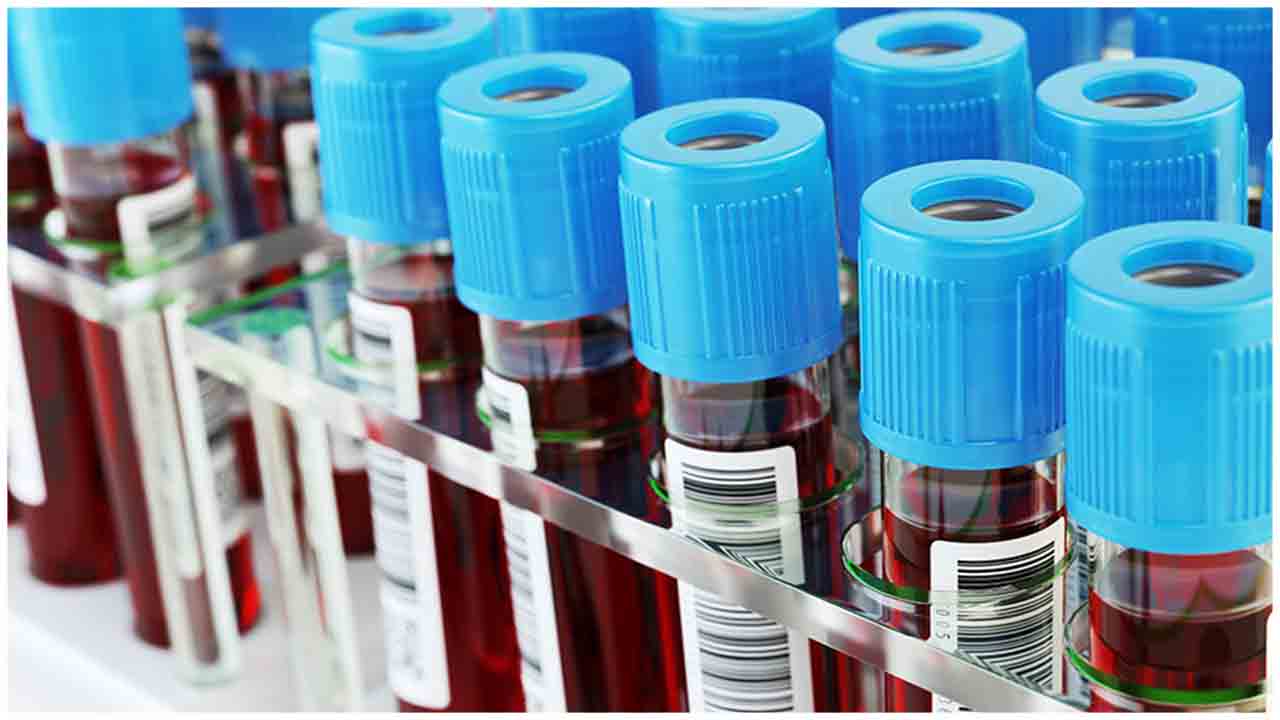
 Mumbai Coronavirus cases are spreading at rapid rate
Mumbai Coronavirus cases are spreading at rapid rate 




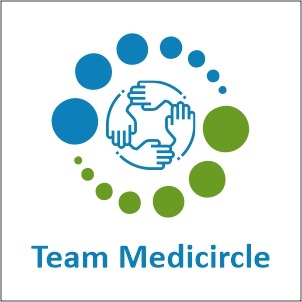
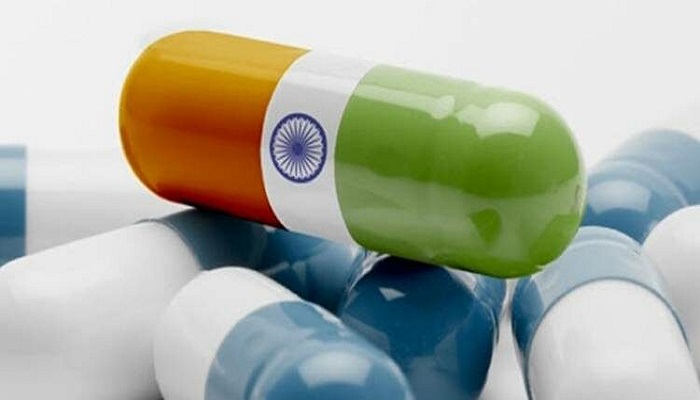
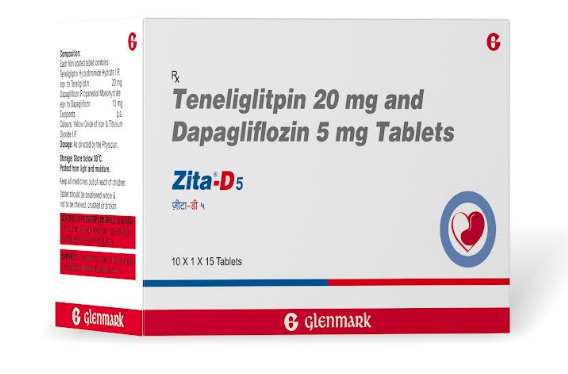
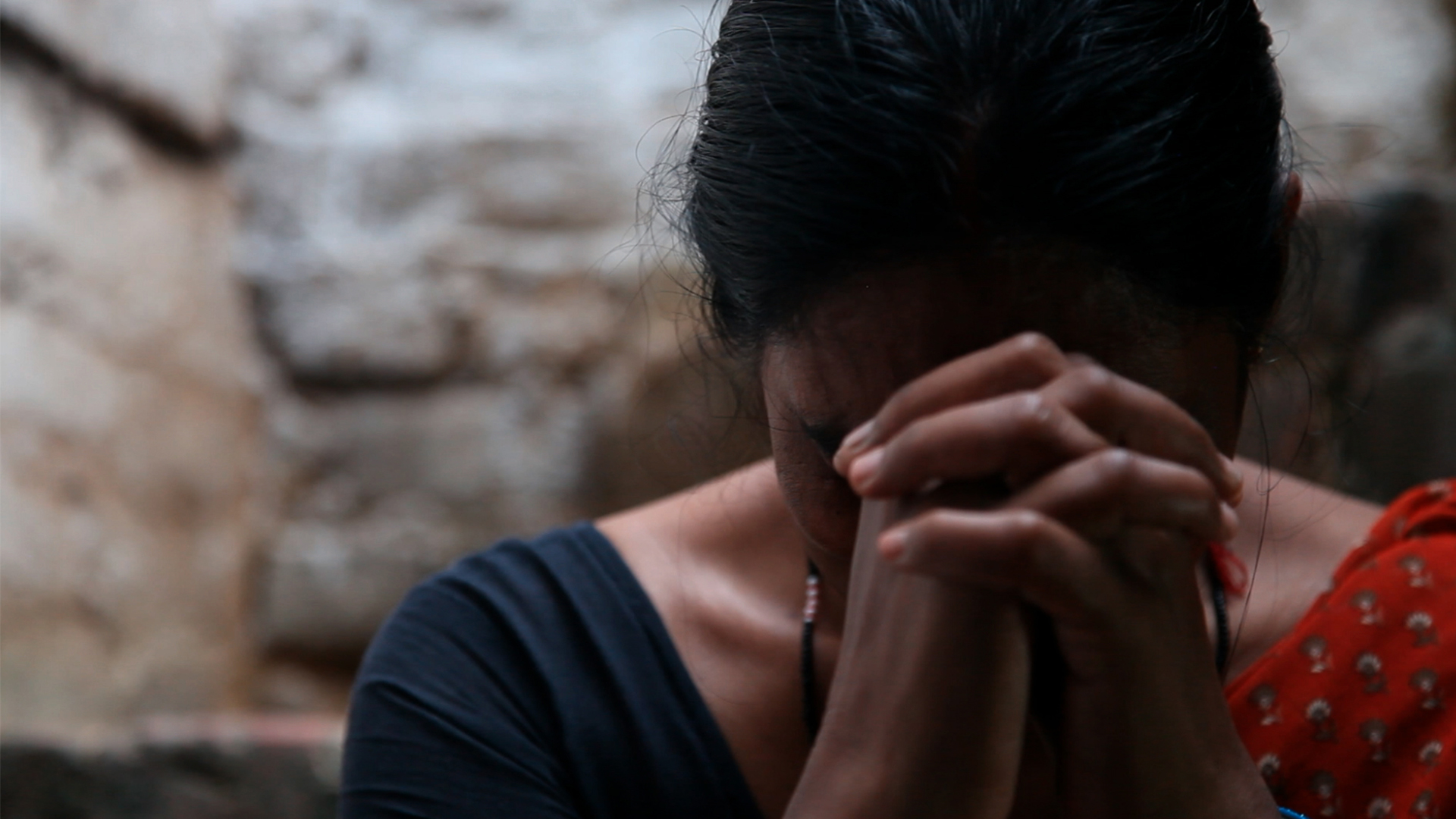


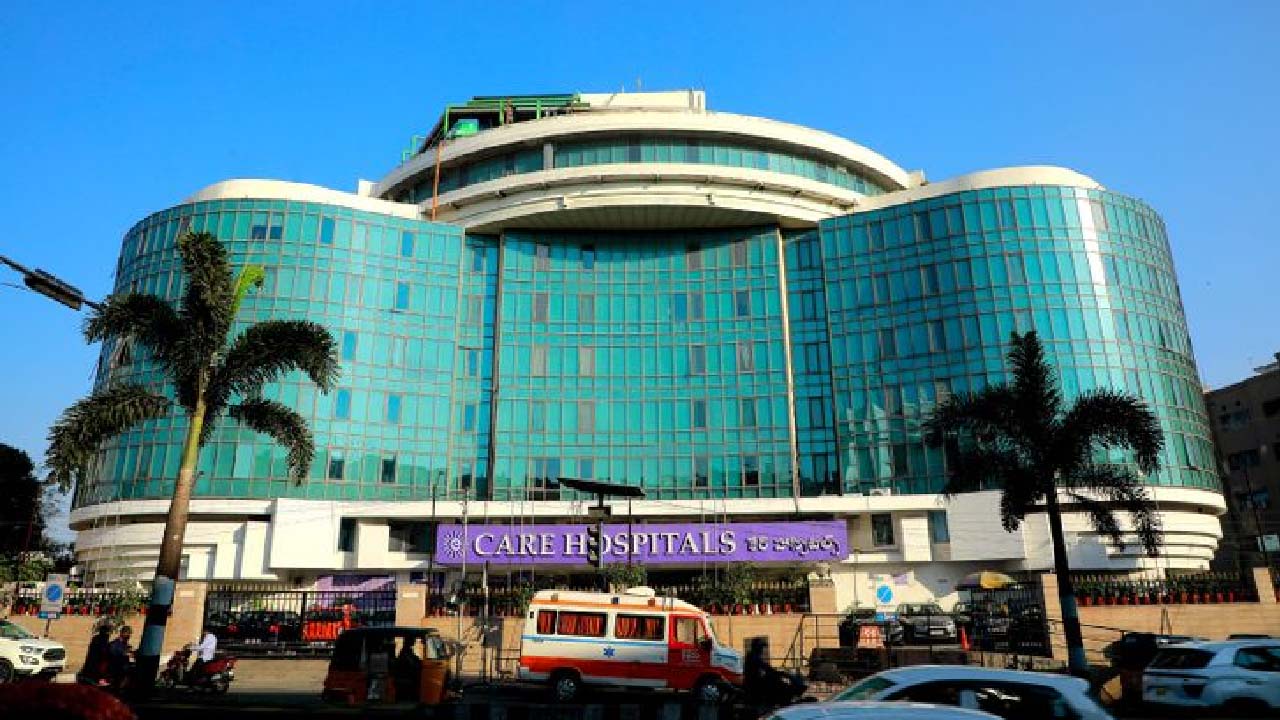


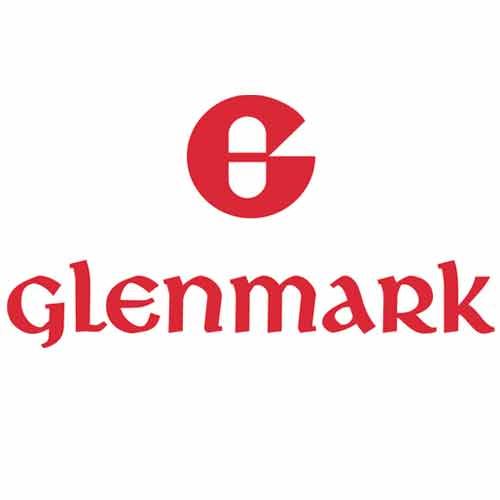
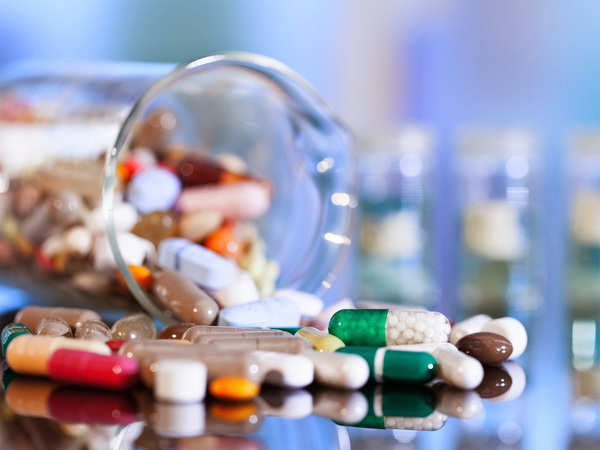





.jpeg)

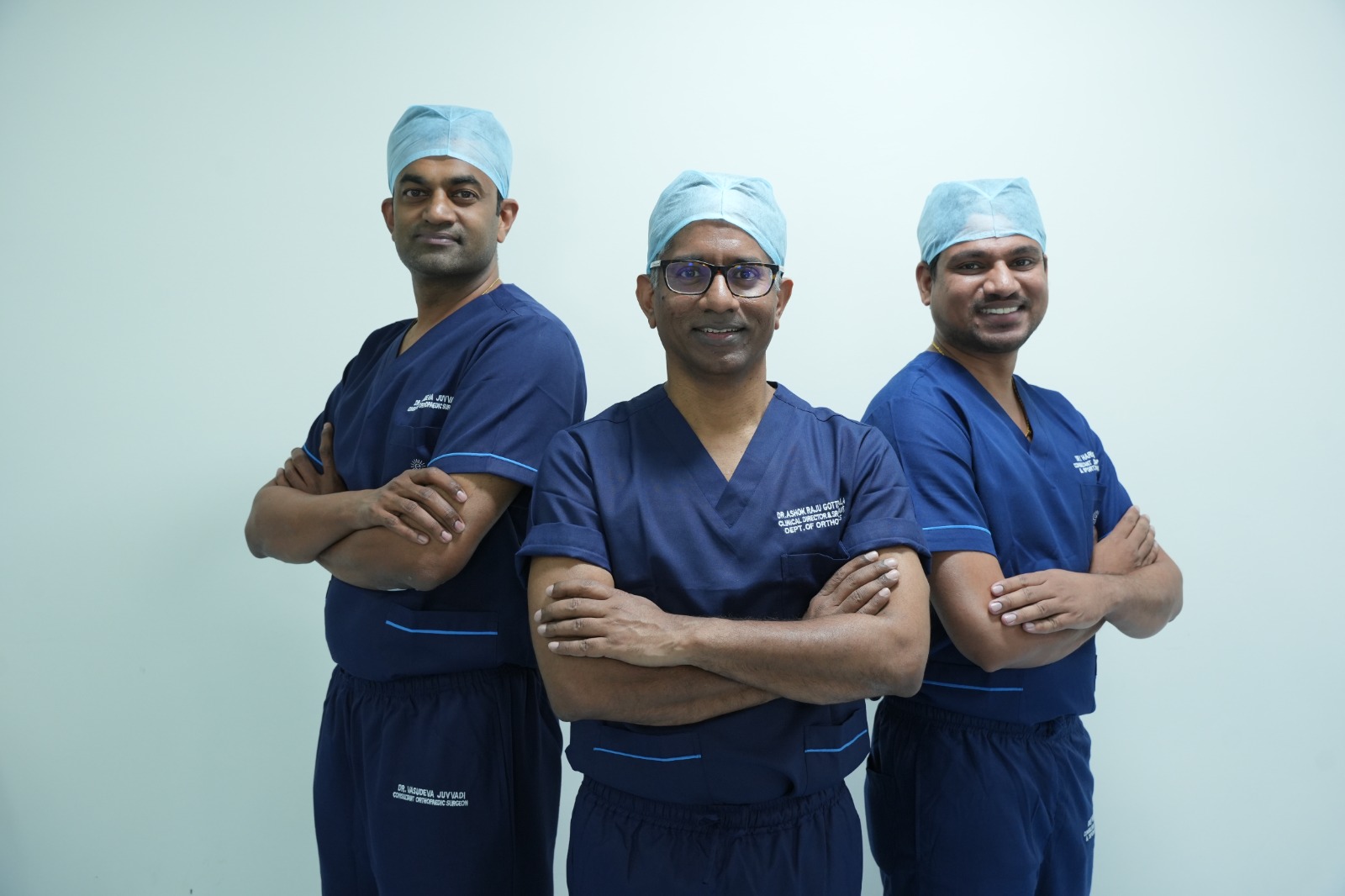


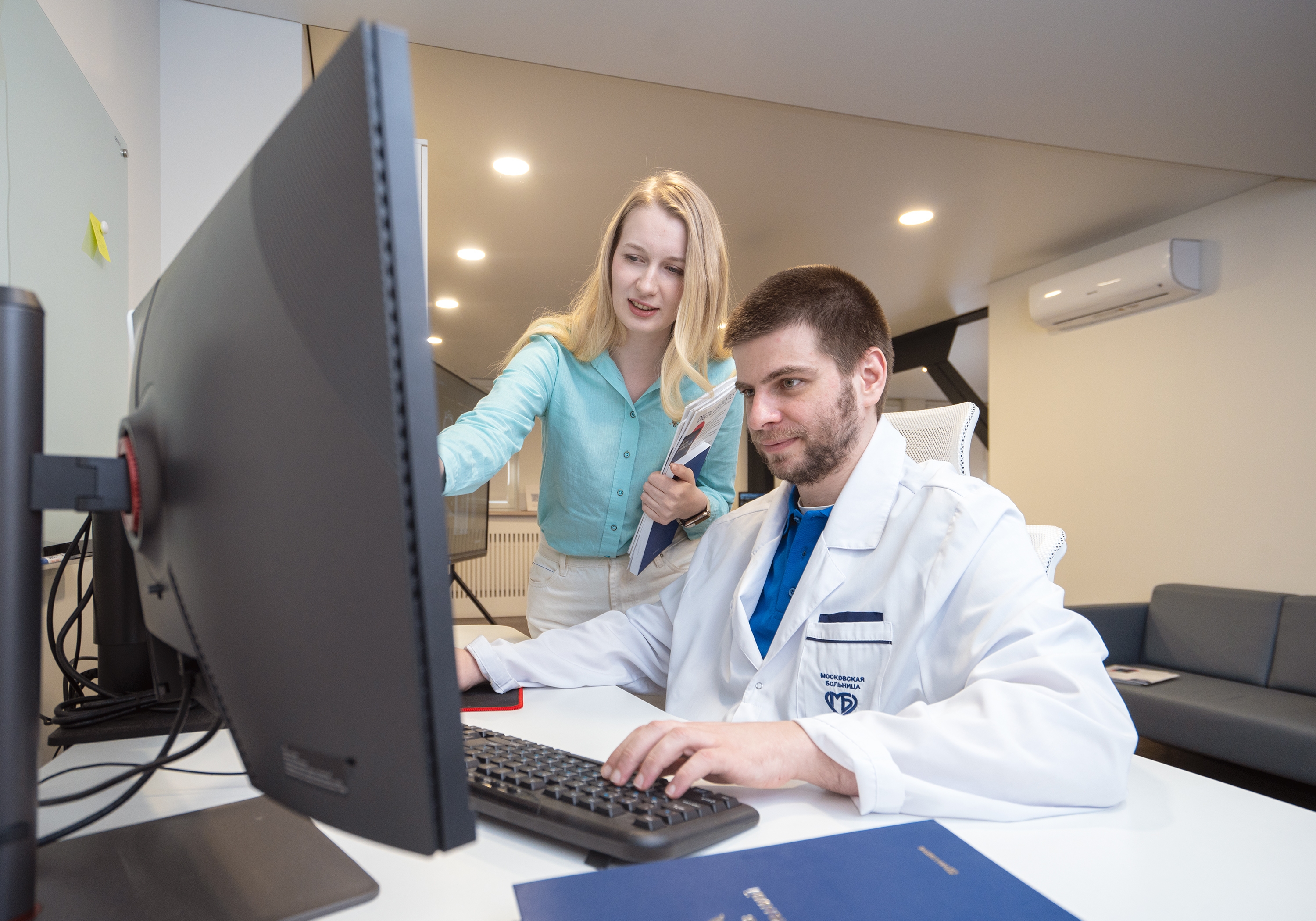
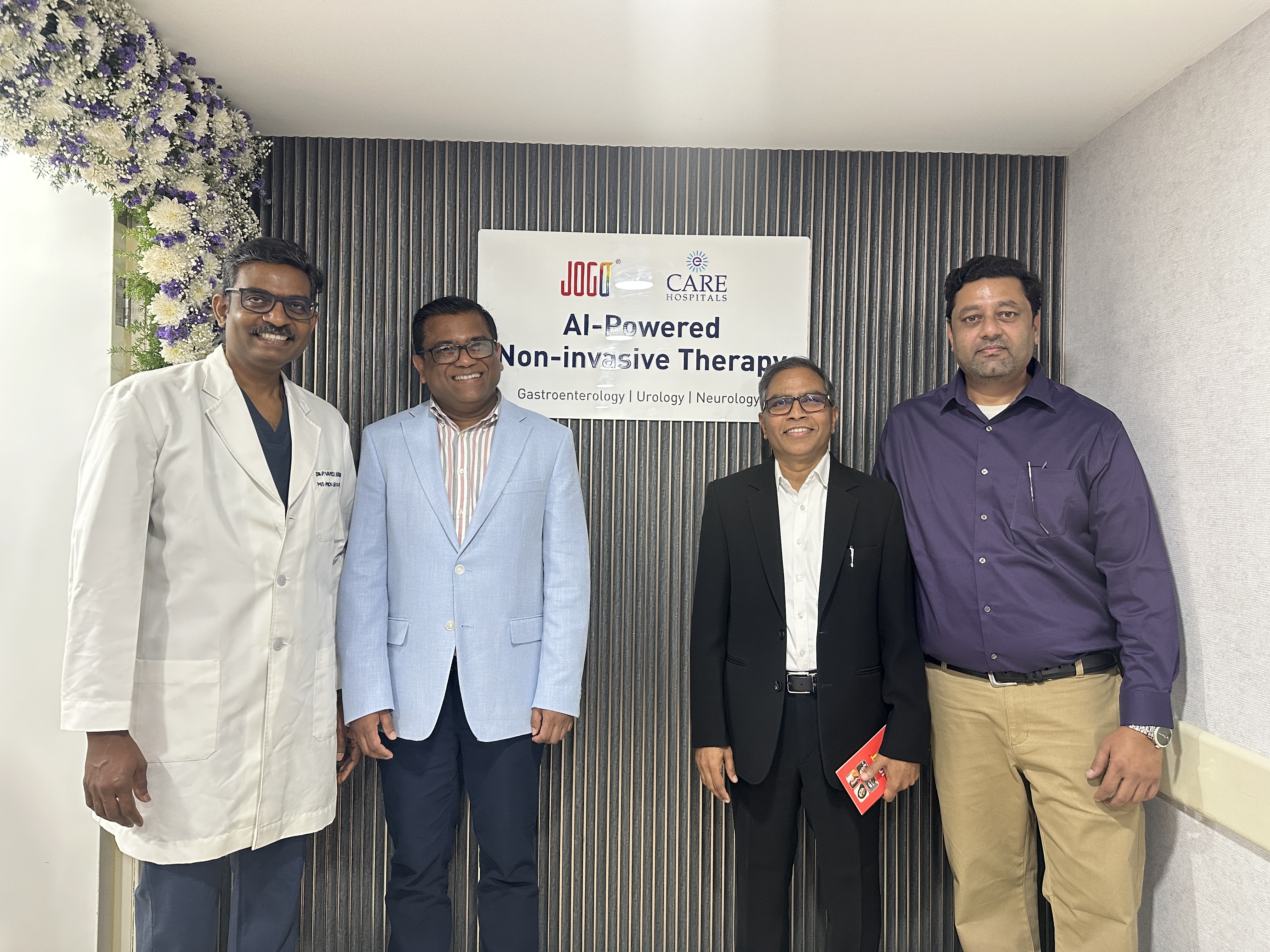



.jpg)



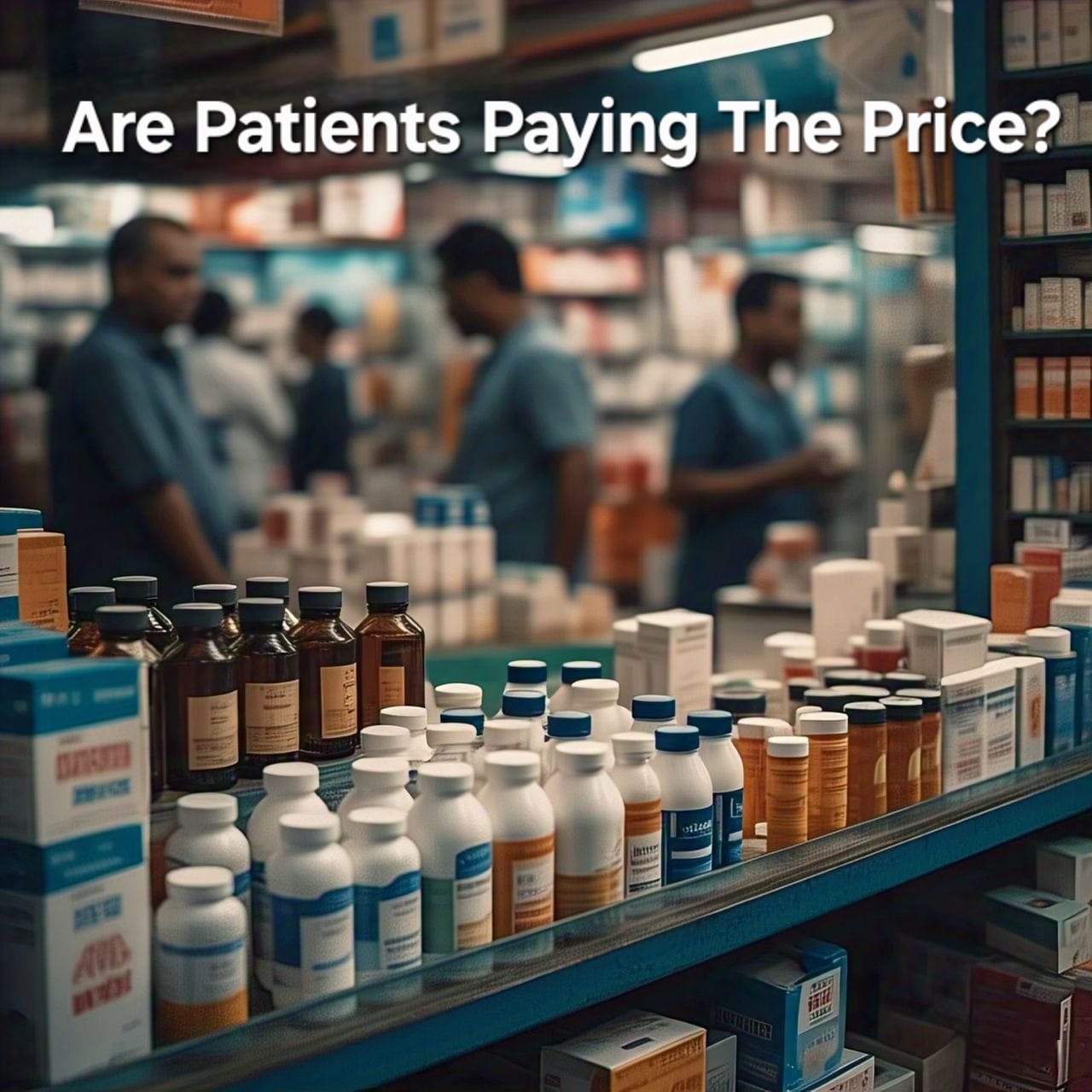
.jpg)


